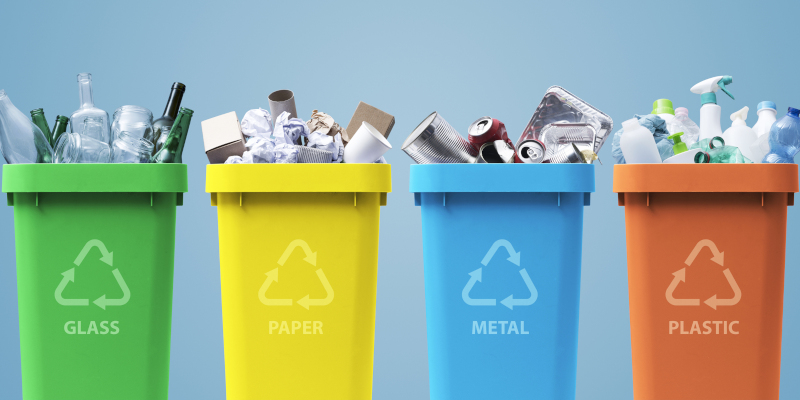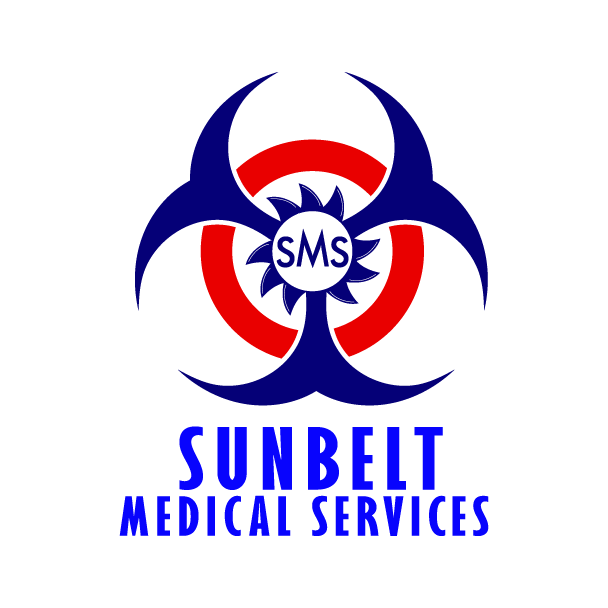Our team at Sunbelt Medical Services has extensive experience in medical waste disposal. We understand why it’s necessary to dispose of biohazards, medications, and other medical waste in a safe way, as doing so protects you and your team from infectious diseases and health hazards. In this article, we will focus on our biohazard bins, going over a few features that set them apart from ordinary trash cans.

- Color-Coding and Labeling – One key difference between biohazard bins and standard trash containers is that biohazard bins must be color coded and labeled to make it easy to identify their contents as dangerous. Even though regular trash cans are frequently color-coded and labeled to set them apart from recycling or compost bins—for example, many facilities use black for trash and green for recycling containers—this is not an OSHA requirement the way it is for biohazard bins.
- Leak-Proof – Another difference between ordinary trash containers and biohazard bins is that biohazard bins must meet higher standards of leak prevention. Obviously, it would be extremely bad if blood or other hazardous material leaked out of a biohazard container, so the bins must prevent any and all leaks.
- Pressure–Resistant – A third key difference between standard trash bins and biohazard bins is that biohazard bins must be pressure resistant to ensure they cannot be crushed. This is especially important for sharps containers, as the pressure-resistance ensures no one can accidentally expose themselves to the needles inside by, say, stepping on the container.
